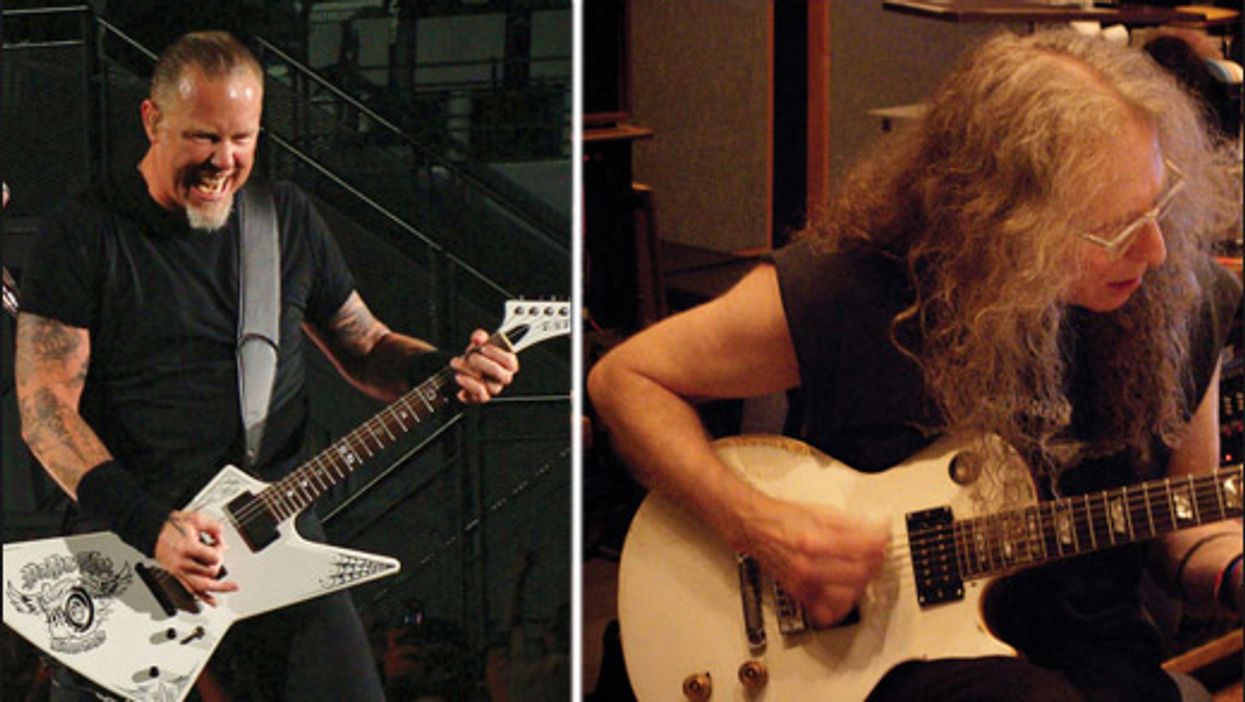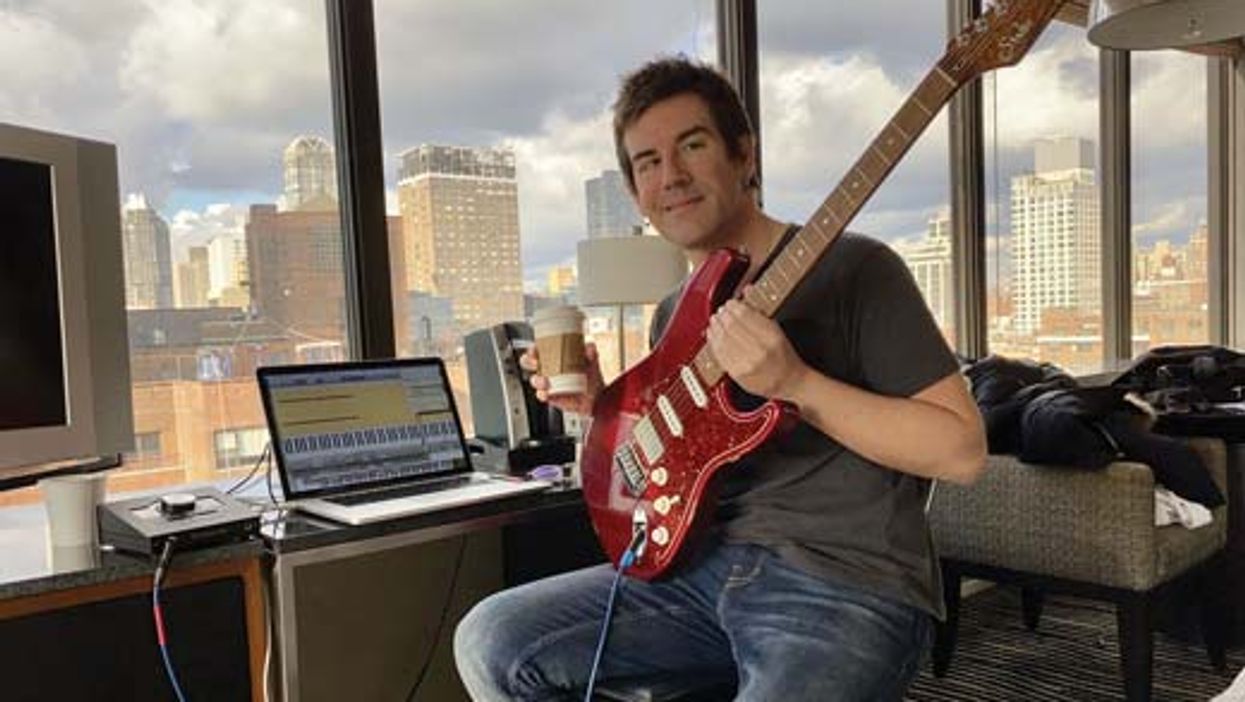Greetings, tone hounds! This column is, of course, called “Tone Tips," and I've been writing it every month for a number of years now. Still, there's an incredibly powerful tone tool I haven't yet covered: the often underappreciated EQ pedal. Most guitarists get excited about drives and delays, but relatively few have an EQ on their boards. I've just recently gotten acquainted with the relatively new Boss EQ-200 Graphic Equalizer, and it's allowed me to rediscover the magic and power of integrating an EQ pedal.
Different ways to use EQ.
Let's talk about a few famous EQ-pedal users and how they've utilized them. Sometime in the early '80s, David Gilmour started using Boss EQ pedals to fine-tune the tone from his drive and fuzz pedals, as in his Tube Driver overdrive and Big Muff fuzz pedals would each have a dedicated EQ pedal. In recent years, Gilmour has been known to use a programmable Source Audio EQ pedal as well, which allows a player to store four EQ presets.
By running an EQ after the drives, Gilmour can easily tailor the tone of each pedal with surgical precision. If you've never tried shaping the tone of a drive or fuzz pedal using a graphic EQ, you're in for a treat. It's super-easy to tame harsh or tubby frequencies, and boost the frequencies you want to stand out. Boosting mids can really make solos and leads sing.
I'd be remiss if I didn't mention Eddie Van Halen. In the late '70s, he was known to sometimes use a Boss GE-10 or MXR 6-band graphic EQ, mainly to buffer and boost the signal for long cable runs from his pedalboard to his amps. Whether he actually used the EQ sliders to alter his tone significantly is one of those ongoing rock 'n' roll mysteries. It's certainly possible.
Back in the '80s and '90s, hard-rock guitarists such as Warren DeMartini, Doug Aldrich, and Dimebag Darrell used the rackmount Furman PEQ3 for boosting. The PEQ3 was a parametric-style EQ, and the magic mid frequency for boosting was usually somewhere from 800 Hz to 1 kHz. The preamp gain control on the Furman EQ could be run hot as well, which would nail the front end of the amp with level and send it into screaming overdrive! And by mainly targeting and boosting just the mid frequencies—and possibly even cutting some lows—the tone could be kept tight.
By running an EQ after the drives, Gilmour can easily tailor the tone of each pedal to his liking with surgical precision.
Slash was known to sometimes use a Boss GE-7 equalizer in a similar way, but with one key difference. He'd run the EQ in the effects loop of his amp with the mids and level sliders boosted—just for solos. Because the pedal was placed in the loop of his amp, the level slider could provide a powerful volume boost. This is perfect for players with single-channel amps needing a volume bump for solos. Remember: If you run your amp dirty and primarily want a level or volume boost, try an EQ in the effects loop of your amp, because running in front of the amp will just saturate and overload the amplifier's front end more. Experiment! Both approaches are cool.
Radical tone shaping.
I've used EQ pedals in front of amps to shape pickup tones. You can make boom-y, wooly neck pickups "speak" with the clarity and cut of bridge pickups, and you can easily warm and fatten up harsh bridge pickups. I've also run an MXR 10-band graphic EQ in a slaved-style rig—post amp, after a load box, and before a power amp. Running the EQ after the load lets you fine-tune the tone before you hit the power amp, which mitigates the effect the load box may have on your core tone.
Running the Boss EQ-200 in the effects loop of my Suhr PT15 I.R. amp was a real eye-opener. The amp has a classic Marshall-esque drive tone. And by subtly boosting 120 Hz and moderately cutting low and high mids from 200 Hz to 3.2 kHz, I could dial in the distortion for a dry, raw, and brutal modern tone—more akin to a Diezel amp! The entire character of an amp can be shifted, and once you try it, you'll find it's addictive. In the studio—when dialing in individual parts or doubling and hard panning—little EQ tweaks can really make the tones shine and speak with a dimension and clarity that just wouldn't be possible otherwise.
It's incredible how one simple pedal can increase your tonal palette so exponentially. Think about it: What else can you use to boost and overdrive, tailor pickup tones, and morph amp tones in such a dramatic way? And let's not forget that an EQ pedal costs far less than buying more guitars or amps. If you've been less than happy with your sounds, an EQ pedal could be just what the tone doctor ordered. Until next time, keep on rocking, and I wish you great tone!
[Updated 7/26/2021]


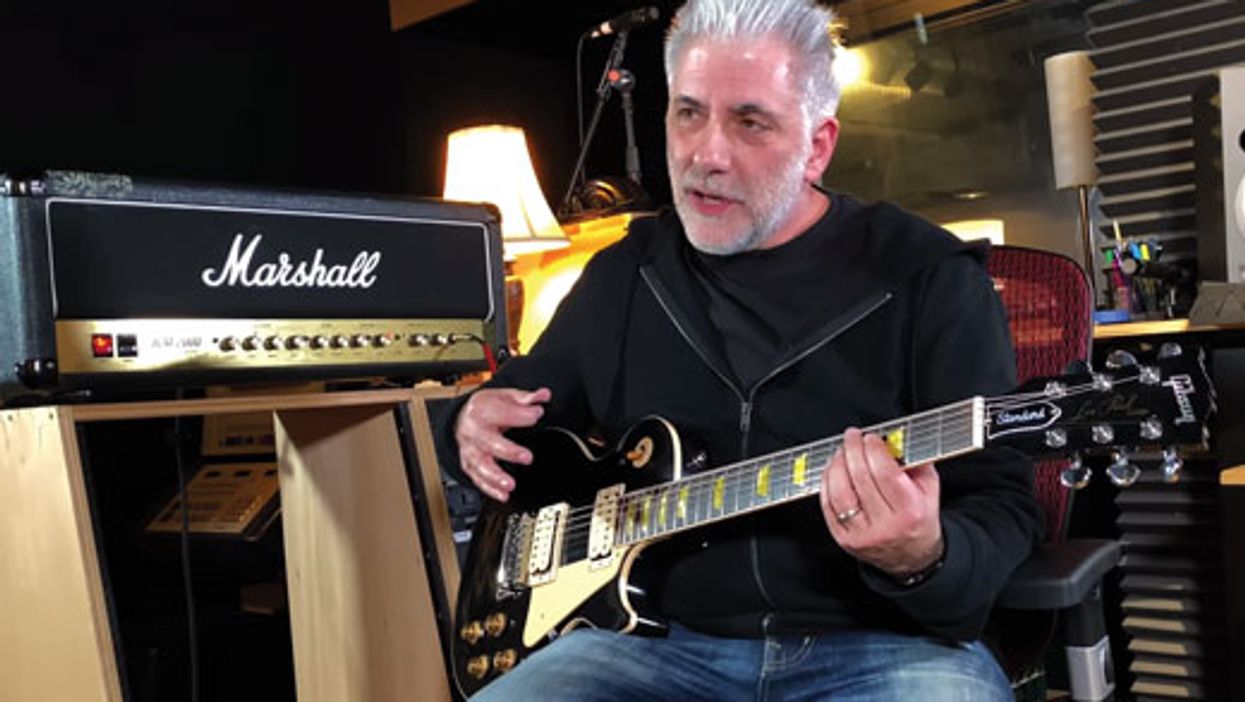
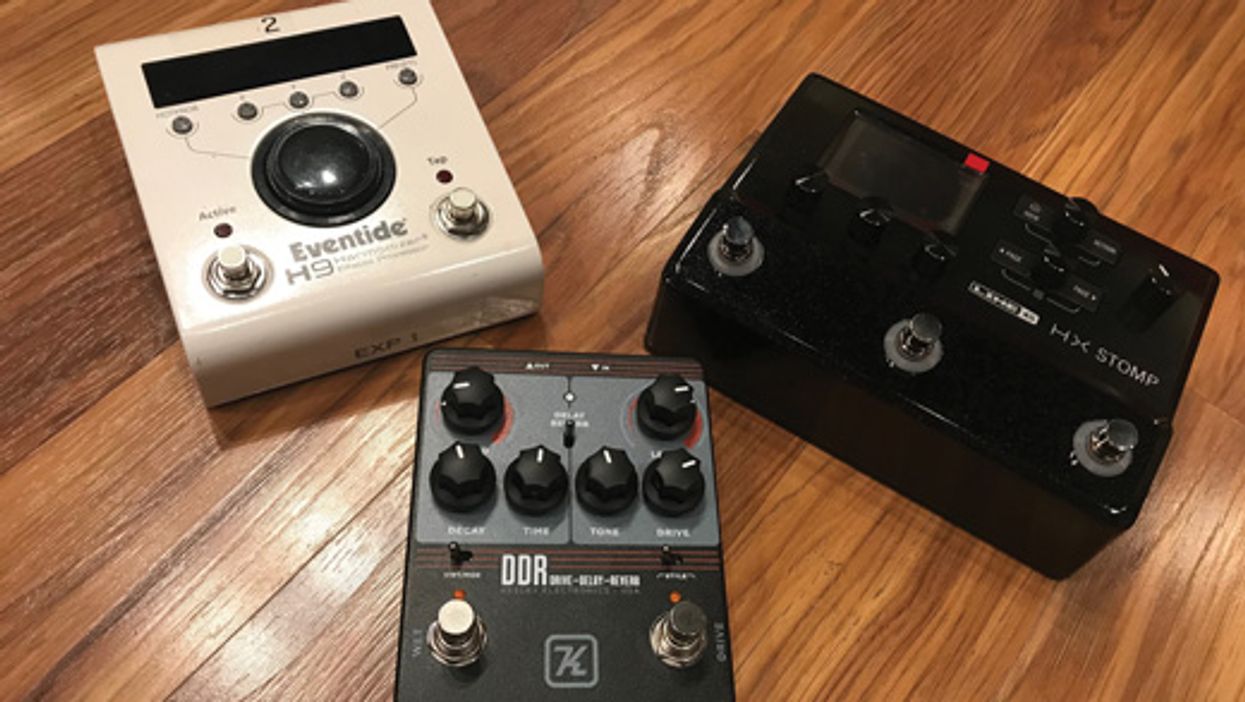
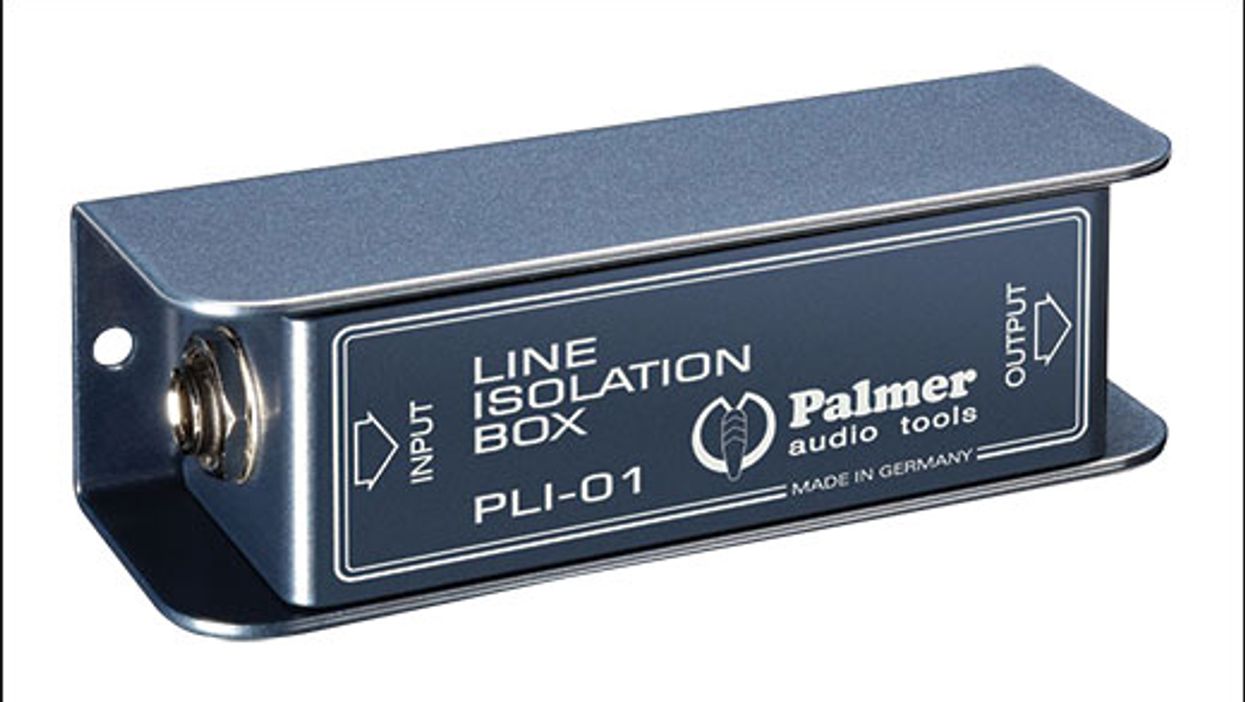
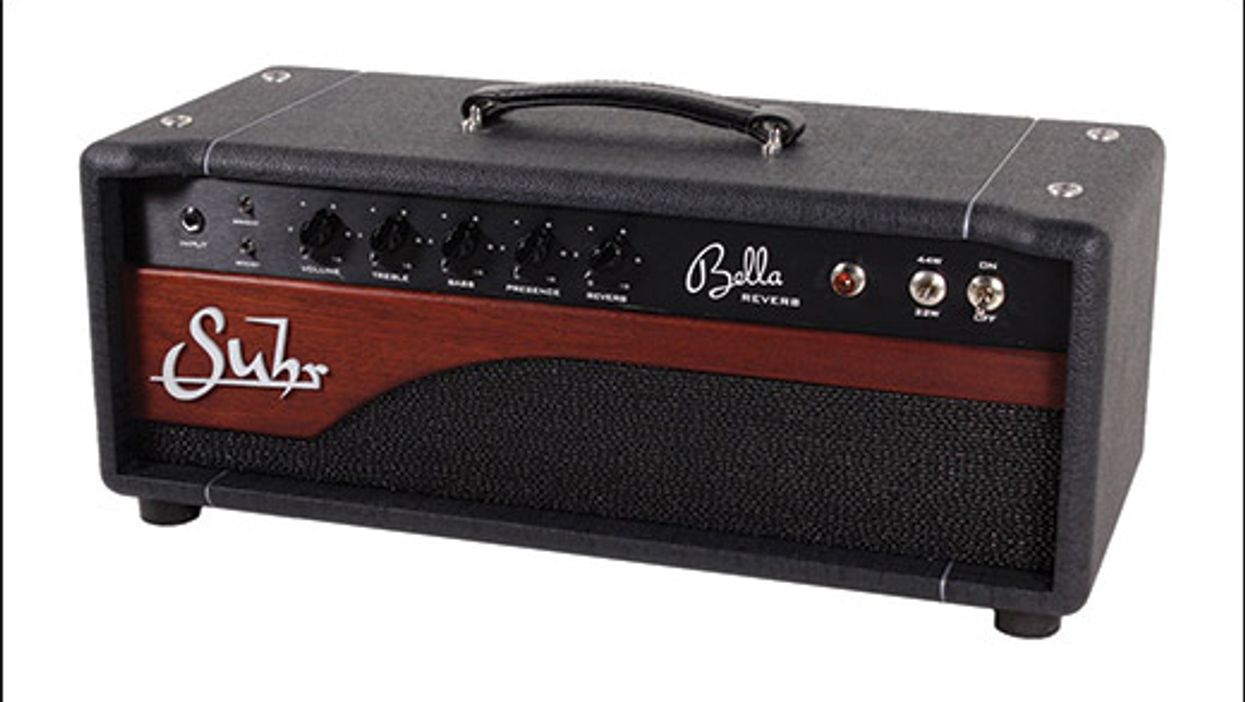

![Devon Eisenbarger [Katy Perry] Rig Rundown](https://www.premierguitar.com/media-library/youtube.jpg?id=61774583&width=1245&height=700&quality=70&coordinates=0%2C0%2C0%2C0)






